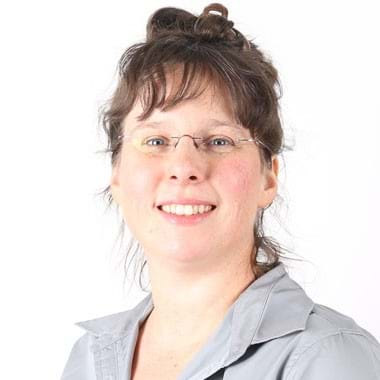Using organic matter and biostimulants to restore soil health and yields in matted row strawberry fields with a history of decline – yields in the second year of production

Christine Landry
Researcher, agr., Ph.D.
418 643-2380
ext 640
Description
This was a companion project to a study started in 2015 in a matted row strawberry field with a history of decline. The objective was to check whether organic matter (compost and organic fertilizer) inputs or biostimulants (compared to mineral fertilizers alone) can improve soil health and result in more vigorous plants less susceptible to decline. The initial two-year study covered the year the strawberries were planted (2015) and the first year of fruit production (2016). As funds for the initial project were limited, “classic” disease monitoring was used. However given the results in year 1 and thanks to additional funding, the second year of production (2017) was included in the study. This allowed us to test the potential effects of the treatments on soil and plant health and productivity as it enabled us to apply the biostimulants two years in a row rather than just once. The organic matter added at planting also had an additional year to interact with the soil. Compost in particular is known for its long term effect because it decomposes more slowly than organic matter that is less resistant to mineralization, such as pelleted chicken manure. The disease aspect was also studied in more depth. State-of-the-art biotech analysis tools developed and made available by IRDA’s microbial ecology lab were used to analyze the abundance and diversity of beneficial and pathogenic microorganisms on plants and in the soil in both production years. Inclusion of the second year of production also enabled a more robust and comprehensive economic analysis.
Objective(s)
- Examine whether improving soil health can help check strawberry decline
- More specifically, verify the impact of adding compost and organic fertilizers at planting time and applying biostimulants every year on:
- Microbial diversity in the soil and the rhizosphere
- Incidence of plant disease
- Yields in the second year of fruit production
- The project will enable researchers to determine whether commercial biostimulants are effective and worth buying—an important consideration given their high cost—or whether on-farm soil amendments and organic fertilizers give as good or better results three years after their application.
From 2017 to 2018
Project duration
Fruit production
Activity areas
Soil health, Fertilizer management
Services
This project assesses the effects of commercial products.

Partners
Ministère de l'Agriculture, des Pêcheries et de l'Alimentation du Québec | Réseau de lutte intégrée Bellechasse | Ferme Marivil

This may interest you
Integrated control methods for control of Japanese beetle in Montérégie in highbush blueberry
This project aims to reduce Japanese beetle populations using localized applications that minimize environmental and health risks
Researcher: Annabelle Firlej

Selection, mass rearing, and field efficiency of a predaceous strain of mullein bug
The goal of the project is to select a strain of the mullein bug to control two spotted and red spider mites when populations tend to explode.
Researcher: Daniel Cormier

NPK trials for strawberries on mineral soils in Québec
The data generated by this project was used to develop a new NPK fertilization chart that reflects technical, agronomic, and environmental issues.
Researcher: Christine Landry


